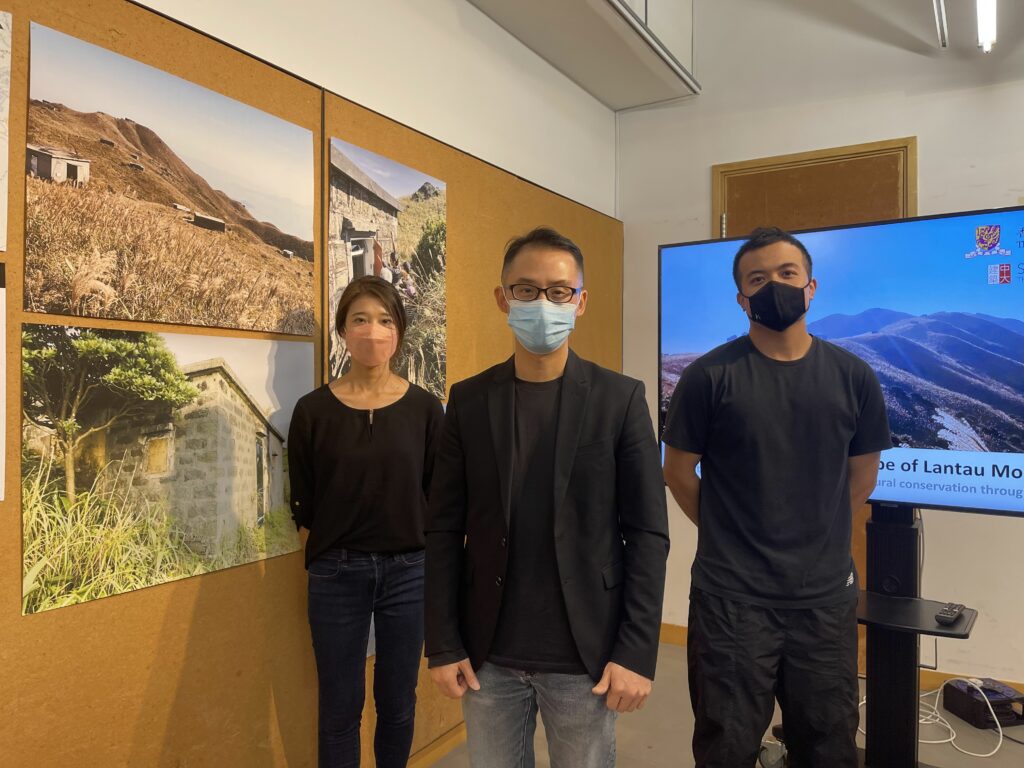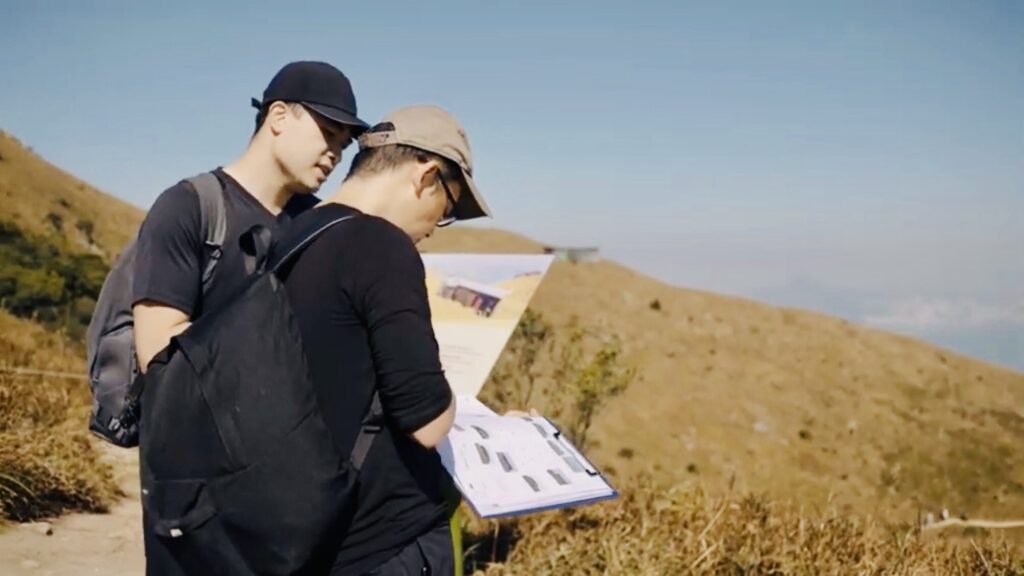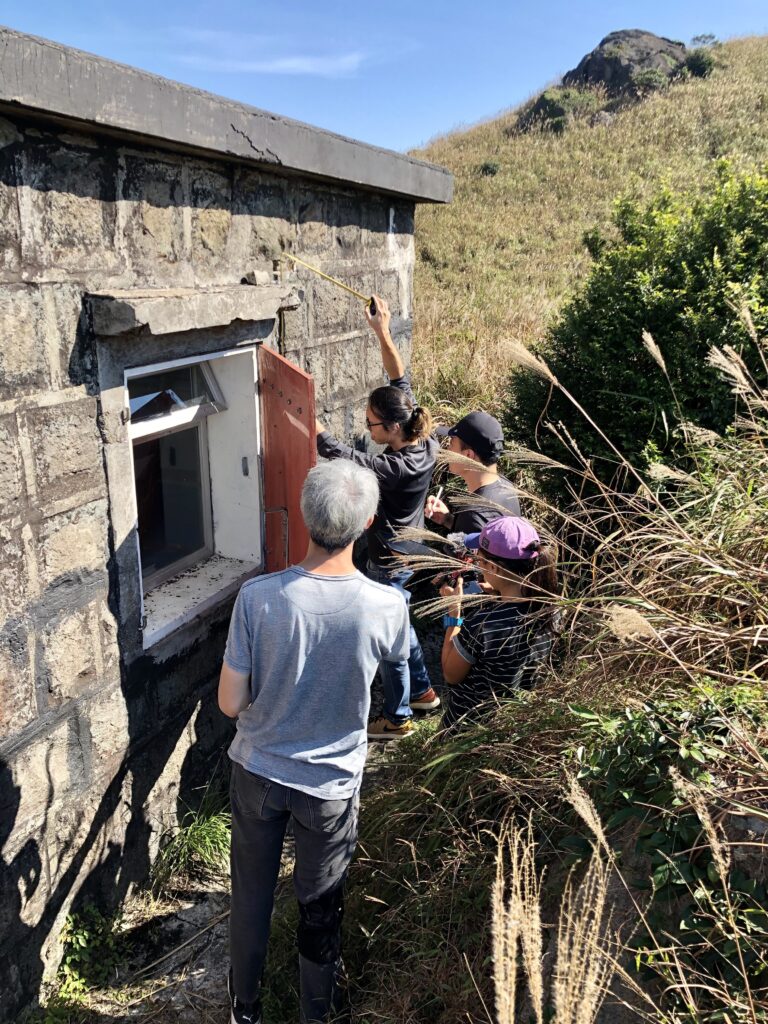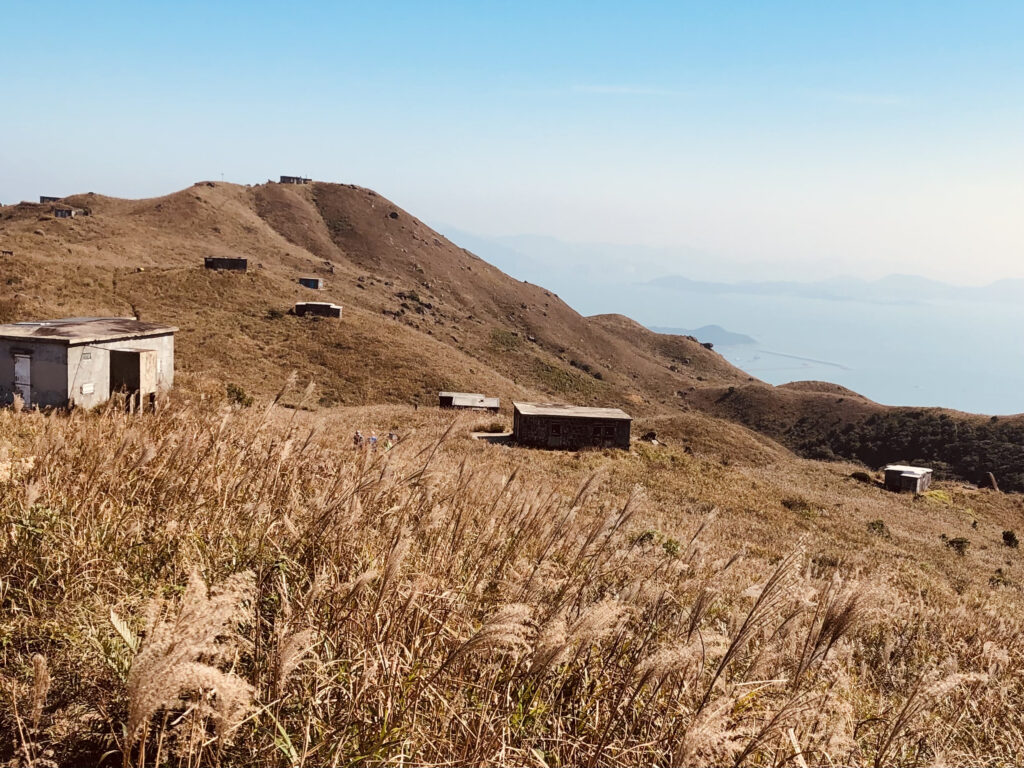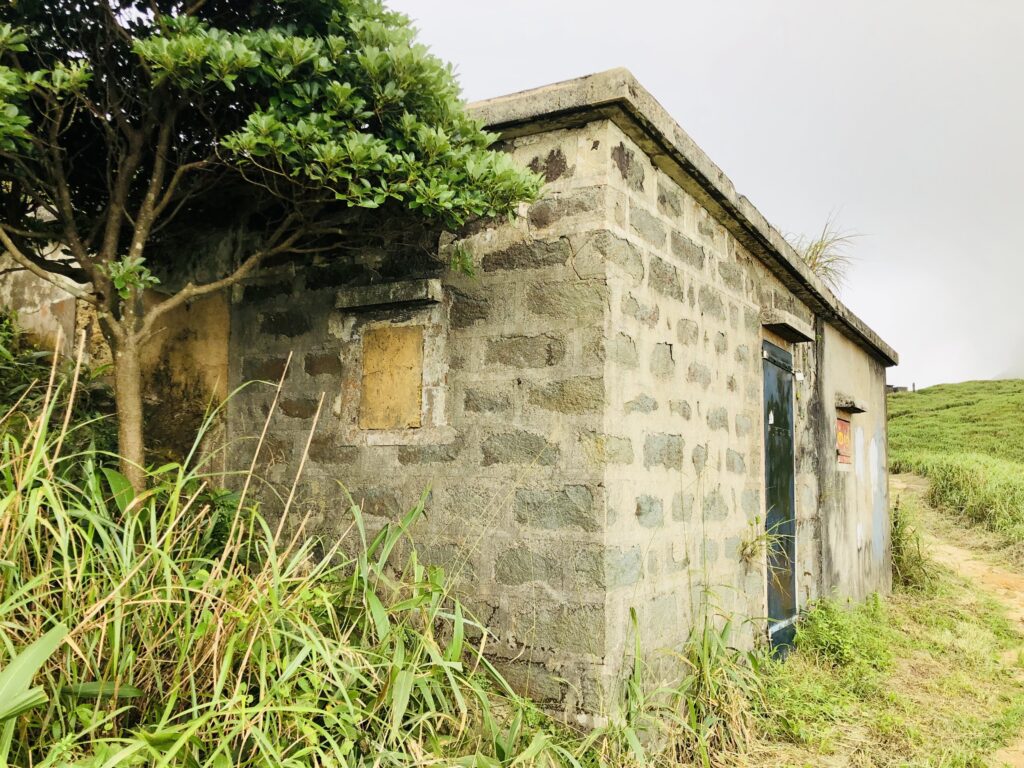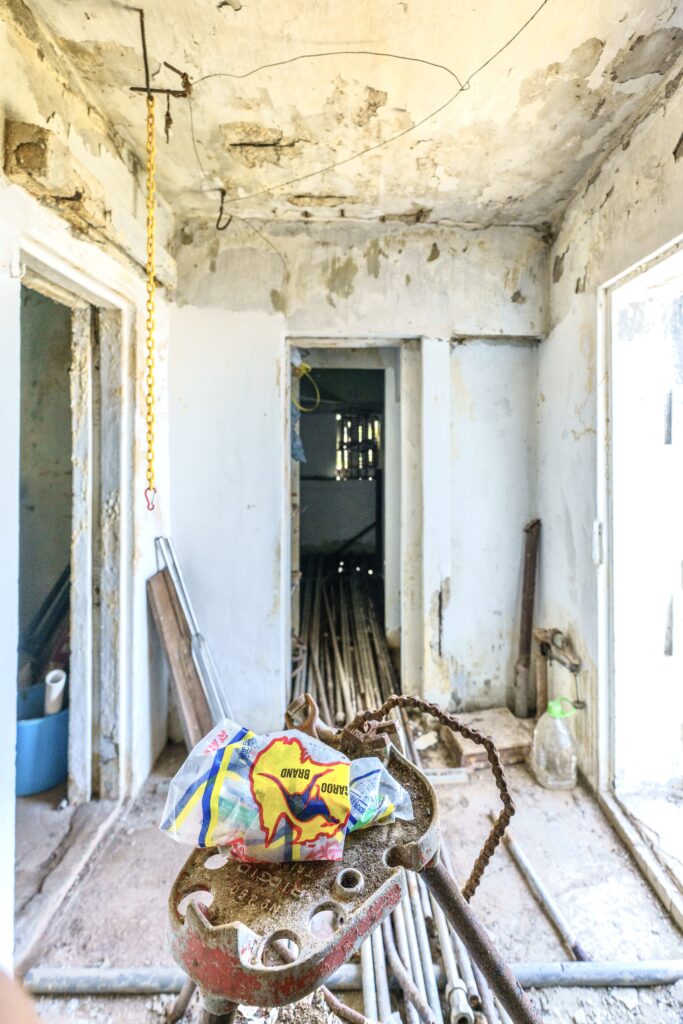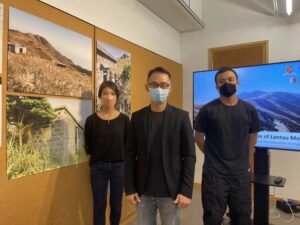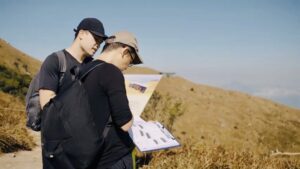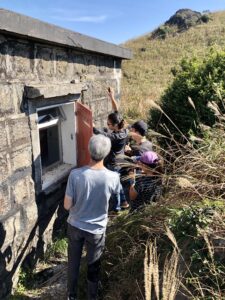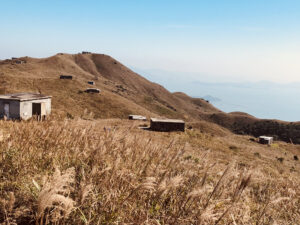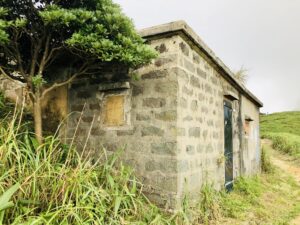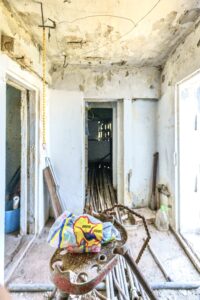CUHK
News Centre
CUHK professor receives $12.5 million from Lantau Conservation Fund to regenerate the landscape of Lantau Mountain Camp
A research team led by Professor Thomas Chung Wang-leung, Associate Professor at The Chinese University of Hong Kong (CUHK) School of Architecture, has been granted $12.5 million by the Lantau Conservation Fund (LCF) to conduct a three-year conservation management agreement project, Regenerating the Landscape of Lantau Mountain Camp: Co-creative architectural restoration and natural conservation through participatory initiatives. It follows a grant of more than $11.9 million that LCF gave Professor Chung last year for the Regenerating Shui Hau project.
Lantau Mountain Camp is located on Hong Kong’s highest mountain ridge, between Sunset Peak (869m, the 3rd highest) and Yi Tung Shan (749m, the 9th highest), and consists of 19 rough-hewn, single-story stone cabins, several amenity structures and a trail network. More than a century ago, Western Christian missionaries began to come to South China and Hong Kong to preach and organise a wide range of social services. The camp was initially intended as a summer retreat for the missionaries because they could not adapt to the sweltering summers and tropical diseases. Today, the camp is the only existing lithic architectural complex of its scale and style in South China and Southeast Asia. It is not only testimony to Hong Kong’s status as an international city, but also has its unique value in the history of Hong Kong and the region.
Over the century, residents of Lantau Mountain Camp have diligently kept the camp and its surrounding environment in decent condition. The absence of electricity supply and municipal water, and the fact that it is only accessible on foot have kept life on the mountain reminiscent of a quaint village, notwithstanding modernisation and changes in society. Many of its original features, village-like lifestyle and unique eco-cultural topography remain. In recent years, however, its increasing popularity for its scenic autumnal grasses and recreational hiking has resulted in a negative environmental impact, overuse of trails and intrusion into residents’ privacy.
The project team has developed a sustainable conservation plan with the participation of camp residents. Restoring a strategically located cabin as a working support station will provide visitors with much-needed emergency essentials and facilitate pilot conservation research for public benefit. The camp’s built and cultural heritage will be conserved, the area’s biodiversity recorded and visitor behaviour tracked. It will include a digital platform for the collection and analysis of ecological information and visitor impact management to enable social engagement, stakeholder capacity-building and public education. This project will regenerate care of the camp’s long-term stewardship by restoring architectural heritage, protecting the natural landscape, nurturing visitor sensitivity to preserve resident privacy, and enhancing conservation awareness.
In the first year, the team will conduct archival study, investigations of the camp’s architecture and landscape, as well as ecological baseline survey and visitor impact assessment of Sunset Peak area. Starting from the second year, the team will restore one of the cabins. They hope to conduct public education through in-situ activities and digital platforms in the final stage.
The Caretaker’s Hut of Lantau Mountain Camp used to provide accommodation for the camp’s keeper, who looked after the 19 cabins, all amenity structures of the camp and also the camp’s surroundings. The team and residents hope to convert this cabin into a working support station for research and conservation of the cultural and natural assets of the area, continuing its caretaker mission.
Professor Chung said he was delighted to receive a grant from LCF again to regenerate the camp. “The century-old Lantau Mountain Camp is the highest residential architectural cluster in Hong Kong. Restoration work here will be extremely challenging. The project team will have to deal scrupulously with the highland environment, exposure to all kinds of weather, logistical limitations, and the absence of electricity and water supply. By tackling these problems in restoring historical architecture, we hope to enable better public appreciation of the valuable cultural landscape and surrounding natural environment.”


